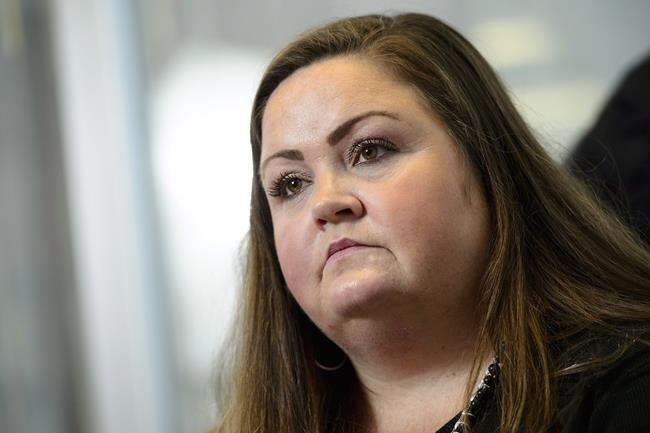OTTAWA — The federal ombudsman for victims of crime says she remains concerned that financial aid for parents of murdered or missing children remains largely unused despite new and proposed changes to the program.
Heidi Illingworth said the key is raising awareness of the program for families that need it.
The Liberals overhauled the program following a critical review of the benefit by Illingworth's predecessor in 2018 that showed administrative costs far outstripped the amounts paid to parents.
Additional changes to ease and expand access to the program, and double to 104 weeks the leave available to parents under the Canada Labour Code, are contained in the government's budget bill currently before the House of Commons.
Illingworth said the budget bill provisions are welcome to bring federal labour laws in line with the revamped benefit.
She added that the pandemic may have an impact on the program, just as it has had on many aspects of people's lives.
"We still have a lot to figure out about what exactly the impact has been of the pandemic, especially on children and youth," she said in an interview.
The program set up by the previous Conservative government offered up to $12,250 to parents whose children had either been killed or gone missing as a result of a probable criminal offence in Canada.
Annual funding was set at $10 million and the government estimated it would help 1,000 families each year, even though children generally make up a small percentage of homicide victims in Canada. Of those who go missing, few are taken by a stranger.
The ombudsman's review from 2018 cited tight eligibility rules that excluded families from qualifying among other issues about why spending was a fraction of the overall budget.
The review noted that only 0.5 per cent of $33 million budgeted for grants between Jan. 1, 2013, and March 2016 went to eligible parents, while administrative costs were 14 times more the $170,520 in paid grants.
The changes to the program the Liberals raised the maximum grant to $15,750 over 35 weeks during the two years following the incident and raised the age of eligibility of the child to 25 years old.
The final accounting on government spending for the 2019-2020 fiscal year, tabled in November, showed only $277,020 in benefits from the $9.5-million budget.
In April, a federal website tracking the outcomes of programs showed the government met the only benchmark for the grant that was to respond to applications within 35 days, which the website said happened 100 per cent of the time.
Illingworth said her office is looking for more data from the government to determine whether more families who need the aid have qualified under the new set of rules.
"I hope that access to it has increased, but I'm still worried that a lot of people don't know about this," Illingworth said.
"It's hard to make people aware (of the program). That's a challenge, I think, that a lot of government programs have in reaching people who need it the most."
This report by The Canadian Press was first published May 11, 2021.
Jordan Press, The Canadian Press




